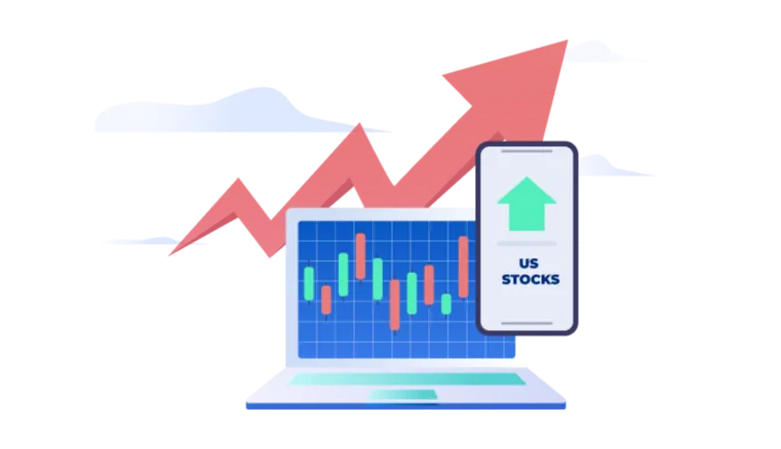The freight and logistics sector comprises various kinds of companies involved in the movement of goods around the world. The main types of companies in this sector are:
- freight forwarders that organise shipments
- B2B and B2C CEP (courier/express/parcel) companies
- Carriers like trucking, rail, sea, air freight companies
New entrants armed with technologies such as Artificial Intelligence (AI) and Machine Learning (ML) are going head to head with established players in this sector. As businesses return to normalcy after the disruption caused by the pandemic, observers and investors would be well-advised to keep their eyes fixed on the freight and logistics sector, given that the health of this sector is often considered to be a marker for the health of the economy in general.
Carriers, including trucking, rail freight, sea freight, air freight companies, merit a separate discussion, and hence are not included in this piece.
QUICK TAKEAWAYS
- The enormous pressure placed on the freight and logistics sector during the last few years (due to the pandemic and growing geopolitical tensions) has been mitigated by the growth in ecommerce and the high demand for medical supply transportation.
- Growing customer expectations have compelled companies to take a fresh look at their delivery processes and leverage advanced technologies to deliver goods more quickly and efficiently.
- Investors are pouring money into supply chain technology startups so that they can streamline global supply chain management and discover more efficient ways to deliver products.
- The demand for third-party logistic (3PL) companies has increased due to the increasing demand for ecommerce, retail, and D2C products.
STATS CORNER
GLOBAL LOGISTICS MARKET VALUE AS OF 2022
$9.96 trillion
(Source)
US LOGISTICS MARKET VALUE AS OF 2022
$1.41 trillion
(Source)
KEY PLAYERS
[WORLDWIDE, BY MARKET CAP]
(Source)
[THE UNITED STATES, BY REVENUE]
| Company Name | Revenue Generated | Revenue Generated | Revenue Generated | Revenue Generated | Revenue Generated |
| 2022 | 2021 | 2020 | 2019 | 2018 | |
| United Parcel (Jan – Dec) | $100.34 B | $97.29 B | $84.63 B | $74.09 B | $71.86 B |
| FedEx Corp. (Jun – May) | $93.51 B | $83.96 B | $69.22 B | $69.69 B | $65.45B |
| C.H. Robinson Worldwide (Jan – Dec) | $24.70 B | $23.10 B | $16.21 B | $15.31 B | $16.63 B |
| Expeditors International (Jan – Dec) | $19.02 B | $16.52 B | $9.58 B | $7.94 B | $8.14 B |
| XPO Logistics (Jan – Dec) | $7.72 B | $12.81 B | $10.20 B | $10.68 B | $17.28 B |
(Source)
- United Parcel Service (NYSE: UPS): United Parcel Service (UPS) is the largest courier company in the world by market cap, and serves more than 220 countries and territories worldwide. It offers a wide range of solutions for the transportation of packages and freight, and facilitates international trade.
- FedEx Corporation (NYSE: FDX): FedEx offers a range of services such as worldwide express delivery, on-ground small-parcel delivery, and less-than-truckload freight delivery. It is well-regarded for its overnight delivery service, and also provides other services through its many subsidiaries.
- C.H. Robinson Worldwide Inc. (NASDAQ: CHRW): CHRW provides services such as transportation management, freight transportation, warehousing, supply chain analysis, freight consolidation, and information reporting, among others. It also owns a brand through which it buys, sells, and markets fresh produce and products.
- Expeditors International of Washington, Inc. (NASDAQ: EXPD): Expeditors International of Washington is an American logistics and freight forwarding company. It has a global network with 320 locations across six continents.
- XPO Logistics (NYSE: XPO): XPO Logistics specialises in truck brokerage and less-than-truckload freight transportation. It also makes use of machine learning and predictive analytics to improve automation, demand forecasting, pricing algorithms, load and route optimisation, and network productivity.
KEY DRIVERS
- Supply-chain shocks: The last few years have presented several challenges for small and large players in the sector due to US-China trade issues, inflation, and high labour costs. The COVID-19 pandemic also hurt the sector: small trucking businesses, which are critical for this sector, lacked the resources to implement advanced technologies that could have helped them mitigate the pandemic’s effects. Moreover, large global players such as DHL and CEVA logistics ended up invoking force majeure so as to be able to modify their services, procedures, pricing, and business operations. In general, this sector is sensitive to macroeconomic fluctuations in demand. Thus, rising interest rates and inflation, which typically entail a drop in consumer spending, would cause freight and logistics companies to see a slump in demand.
- Emerging trends and market demands: The pandemic may have impacted global supply chain management, but it also presented a few silver linings for the freight and logistics sector. For instance, logistics companies helped facilitate the smooth movement of vaccines across the world, and the growth of ecommerce was also a boon for the sector. Relatively newer trends such as reverse logistics for collecting returned goods from customers and last-mile delivery also represent opportunities for freight and logistics companies to increase their revenue.
- An underexploited technological frontier: Supply chain startups had raised $24.3 billion in the first three quarters of 2021, 58% more than the total for 2020. The main current points of focus are: streamlining supply chain management, managing warehouses more efficiently, and finding cost-effective routes for transporting goods. Technologies such as Artificial Intelligence (AI) and Machine Learning (ML) are becoming more and more widely adopted in this sector to accomplish such objectives. However, given the scope of the problems in this sector and the relative novelty of such solutions, there is still a lot of ground to be covered, which represents an excellent near- and medium-term opportunity for players in this sector.
WHAT DOES THE FUTURE HOLD?
The pandemic brought some of the weaknesses of the freight and logistics sector to the fore. It has become evident to players in this sector that they absolutely must embrace cutting-edge technologies to become more agile and flexible. According to the World Economic Forum, digitalisation will help the logistics industry to unlock $4 trillion worth of value. Technologies such as drones, AI, and process automation are being tapped into to help accelerate the delivery process. FedEx, for instance, has been testing an autonomous cargo drone. Gartner predicts that by 2026, more than 50% of supply chain organisations will be making use of ML to improve their decision-making.
With new, innovative players entering the sector and mounting pressure on companies to deliver goods ever more quickly, companies are proactively focusing on building their digital capabilities and more robust supply chains. Innovation and improvements in the services offered, such as last-mile delivery and route optimisation, are what will determine the winners in this hyper-competitive sector.
Download the stock investing app to invest in a sector that plays an indispensable role in the operations of almost all other sectors and the growth of the global economy. Get AI-based insights and recommendations to build a diversified investment portfolio suited for your financial goals and risk appetite.








